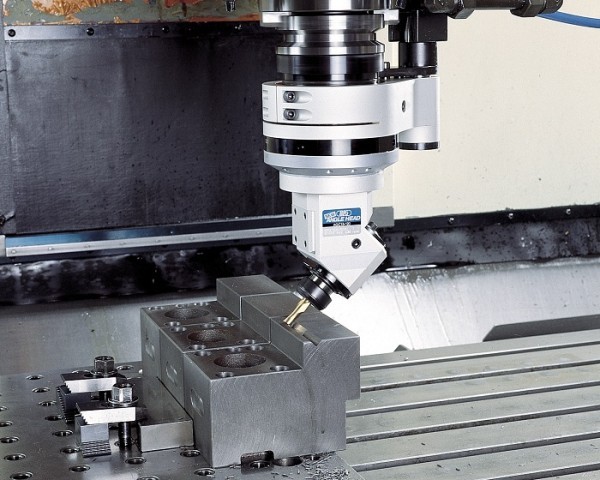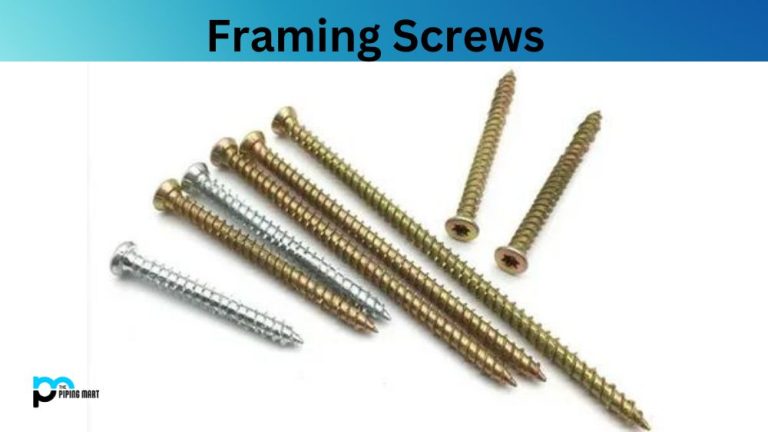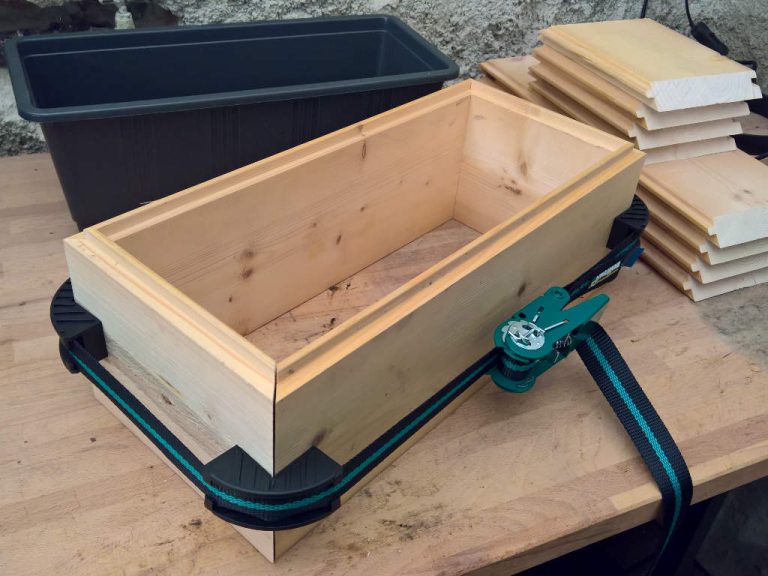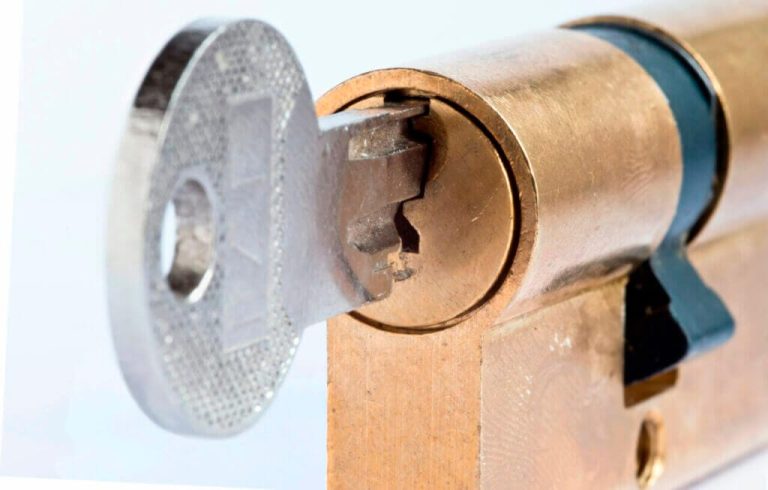The Ultimate Guide to Cutting Tools
Cutting tools are essential in numerous sectors, from automotive to woodworking. These tools are engineered to remove material from a workpiece through various methods such as shearing, grinding, or abrasion. The performance of a cutting tool is influenced by its material composition, design, and the conditions under which it operates. This guide will provide answers to common questions about cutting tools, their uses, and associated products like geotextiles.

What are the main types of cutting tools?
Cutting tools can be categorized into several types, each suited to specific tasks:
- Single-Point Cutting Tools: Used primarily in lathe operations for turning.
- Multi-Point Cutting Tools: Includes drills, milling cutters, and saw blades.
- Abrasive Cutting Tools: Such as grinding wheels for precision work.
- Non-Traditional Cutting Tools: Includes tools like laser, waterjet, and plasma cutters.
How do I select the best cutting tool for my needs?
Choosing the right cutting tool involves considering multiple factors:
- Workpiece Material: Harder materials require robust tools like carbide or diamond.
- Operation Type: Drilling, milling, turning, or grinding each need different tools.
- Precision Requirements: Some projects need high-precision tools.
- Tool Material: Common materials include high-speed steel (HSS), carbide, ceramics, and diamond, each with unique benefits and drawbacks.
What maintenance practices should I follow for cutting tools?
Maintaining cutting tools properly enhances their lifespan and performance:
- Regular Inspection: Inspect tools for wear and damage frequently.
- Proper Storage: Store tools in a dry, organized environment to prevent rust and damage.
- Sharpening: Regularly sharpen tools to maintain their cutting efficiency.
- Cooling and Lubrication: Utilize appropriate coolants and lubricants to minimize heat and friction.
How do cutting tools interact with geotextiles?
Cutting tools are essential when working with geotextiles, and permeable fabrics used in civil engineering projects. Precise cutting is necessary to fit geotextiles to specific dimensions and shapes. Tools such as rotary cutters, scissors, and industrial knives are used to cut geotextiles accurately and efficiently, ensuring proper installation and performance in applications like soil stabilization, erosion control, and drainage.
Cutting tools are indispensable across various industries, with each type tailored for specific applications and materials. Understanding the different types, selecting the right tool, and maintaining them properly are key to achieving efficient and precise cutting operations. Additionally, cutting tools are vital in the installation of geotextiles, a key component in many engineering projects. By choosing the right tools and adhering to proper maintenance practices, you can ensure project success and longevity.




